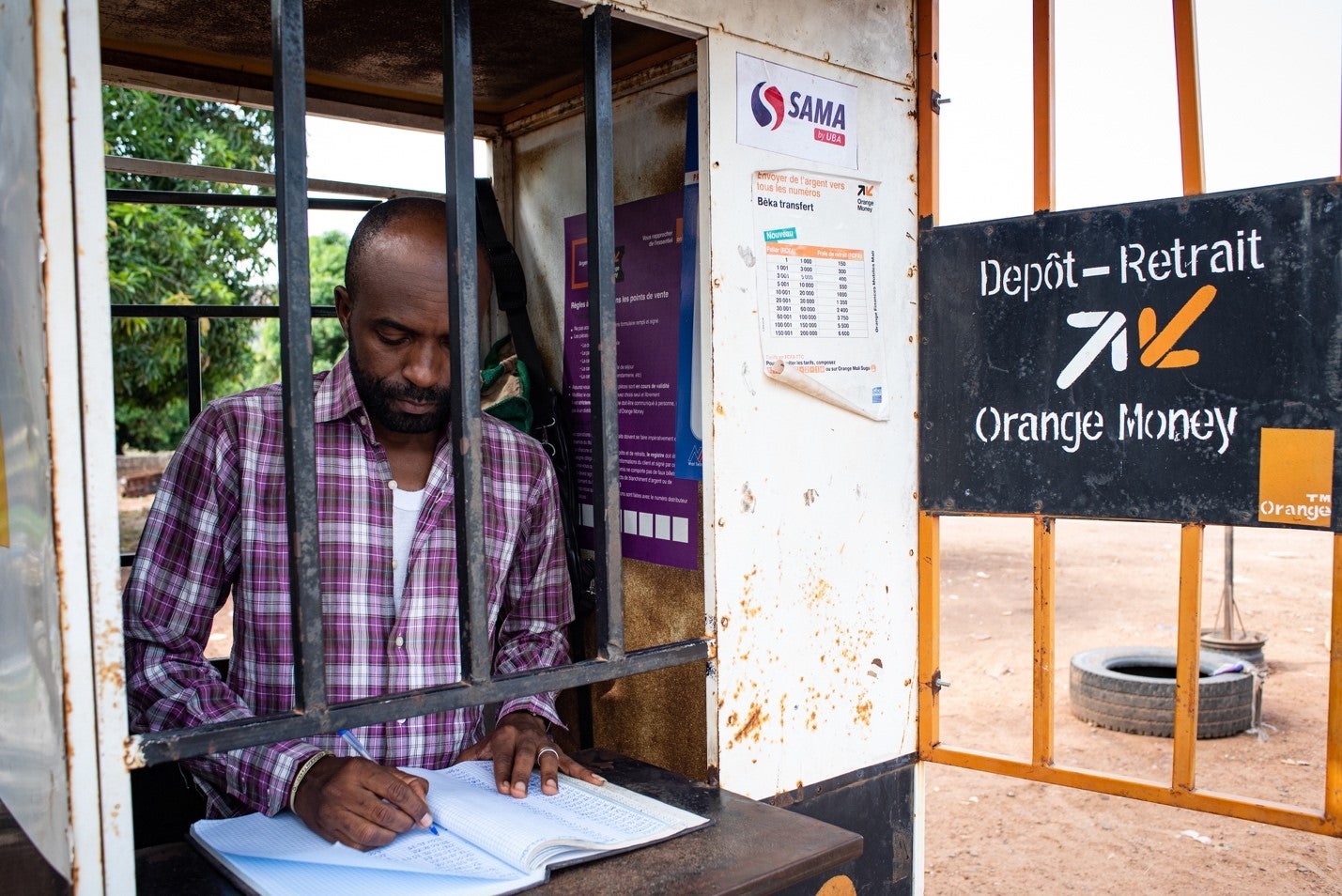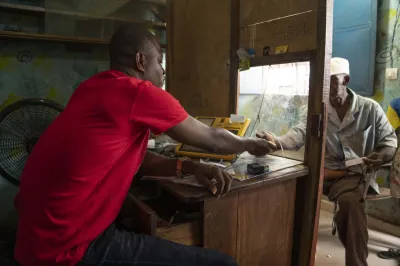Rural Agent Networks: An Opportunity for Development Funders
Funders should prioritize the development of agent networks for the delivery of digital financial services (DFS) in rural areas, given the reliance on these networks for a variety of development goals like health, agricultural development and education. This is the conclusion we reached after speaking to funders about the distribution of DFS in rural areas. We found that most funder projects already aim to leverage agent networks as a means of achieving development outcomes. Yet their impact is minimized by the lack of agents in rural areas, and not enough is done to address this gap. More is needed to build viable, sustainable agent networks that serve poor rural customers.
How are agents useful for rural populations?

Agents not only enable financial inclusion but also help deliver development outcomes to the poor and underserved in hard-to-reach areas. Agents are individuals or companies who are contracted by financial service providers to act as a customer interface and offer a range of services, such as opening e-money accounts and loading or withdrawing funds from these accounts. They drive the uptake and use of DFS in communities where cash prevails. In doing so, they enable development outcomes for people in these communities.
By supporting the adoption of DFS, agents make it easier for DFS users in cash-based communities to receive remittances, salaries or social transfers or pay for goods and services such as health care, transport, inputs and electricity. For example, connecting farmers to agents in Zambia enabled farmers to access savings and digital credit to purchase farm inputs, such as drought-resistant seeds and solar irrigation pumps, that increased farm productivity and resilience. Connecting teachers to agents can be a solution to reduce teachers absenteeism and temporary school closures; systems where teachers must travel to collect their pay can increase absenteeism, lower teachers’ morale and loyalty. During the COVID-19 pandemic and other humanitarian crises, governments and humanitarian organizations have relied on agents to roll out cash assistance programs.
What is the issue?
Today’s agent network outreach remains limited to urban, peri-urban areas and larger rural towns. In Morocco, for instance, most rural inhabitants live in districts with no financial service access points. A recent BCG survey covering seven countries (India, Indonesia, Pakistan, Bangladesh, Tanzania, Kenya and Uganda) found that half of the rural population lived more than 5 km away from a financial service point of access (such as a bank branch, ATM or agent), compared to 10% in urban areas and around 19% in peri-urban and dense rural areas.
Yet bringing physical cash access points closer to beneficiaries is critical for the delivery of financial services and for achieving development outcomes. A funder shared with us that their plans to incentivize expectant mothers to seek pre- and post-natal care by distributing cash assistance in rural Kenya hit a snag after they realized that there were no rural agents within the expectant mothers’ proximity. This meant that the mothers would have to make long journeys to town centers to get their payments, hardly a viable solution given their condition.
Various challenges specific to rural areas discourage providers from expanding to these areas and explain this limited outreach. Sparse populations lead to reduced revenues per customer, with lower transaction sizes and volumes compared to urban settings. At the same time, limited consumer DFS awareness and ID coverage require more effort and costs to onboard customers. Poor infrastructure, low agent density and poor connectivity make it harder and costlier to onboard and manage agents. Providers face hefty investment to set up agent networks before transaction volumes can guarantee a financial return.
Agents face their own set of challenges to becoming viable agents, including providing the required documentation, acquiring the technology and managing their liquidity. They often end up not finding this new activity commercially attractive. Various regulatory challenges can further deter the expansion of agent networks to rural areas.
What can funders do?
CGAP has identified solutions for developing and expanding viable rural agent networks. These solutions center around innovative business models, enhanced regulations, measures to stimulate demand and improved financial and data infrastructure. However, policy makers, regulators and providers do not always have the capacity and incentive to support these solutions, as they require risk-taking, innovative partnerships and significant investments before the first financial returns. Funders can support them and enable collaboration among market actors. In a subsequent blog post, we will highlight concrete opportunities for funders in developing these networks — networks that funders should consider to be critical building blocks of a more inclusive digital service ecosystem.
Over the next two years, as part of a broader effort on agent networks for digital financial inclusion, CGAP will work with partners to test how funders can best support CICO network development. This blog post was updated on July 29, 2021. The original post stated incorrect percentages of people in urban and peri-urban areas living more than 5 km away from financial access points. These figures have been corrected.




Add new comment